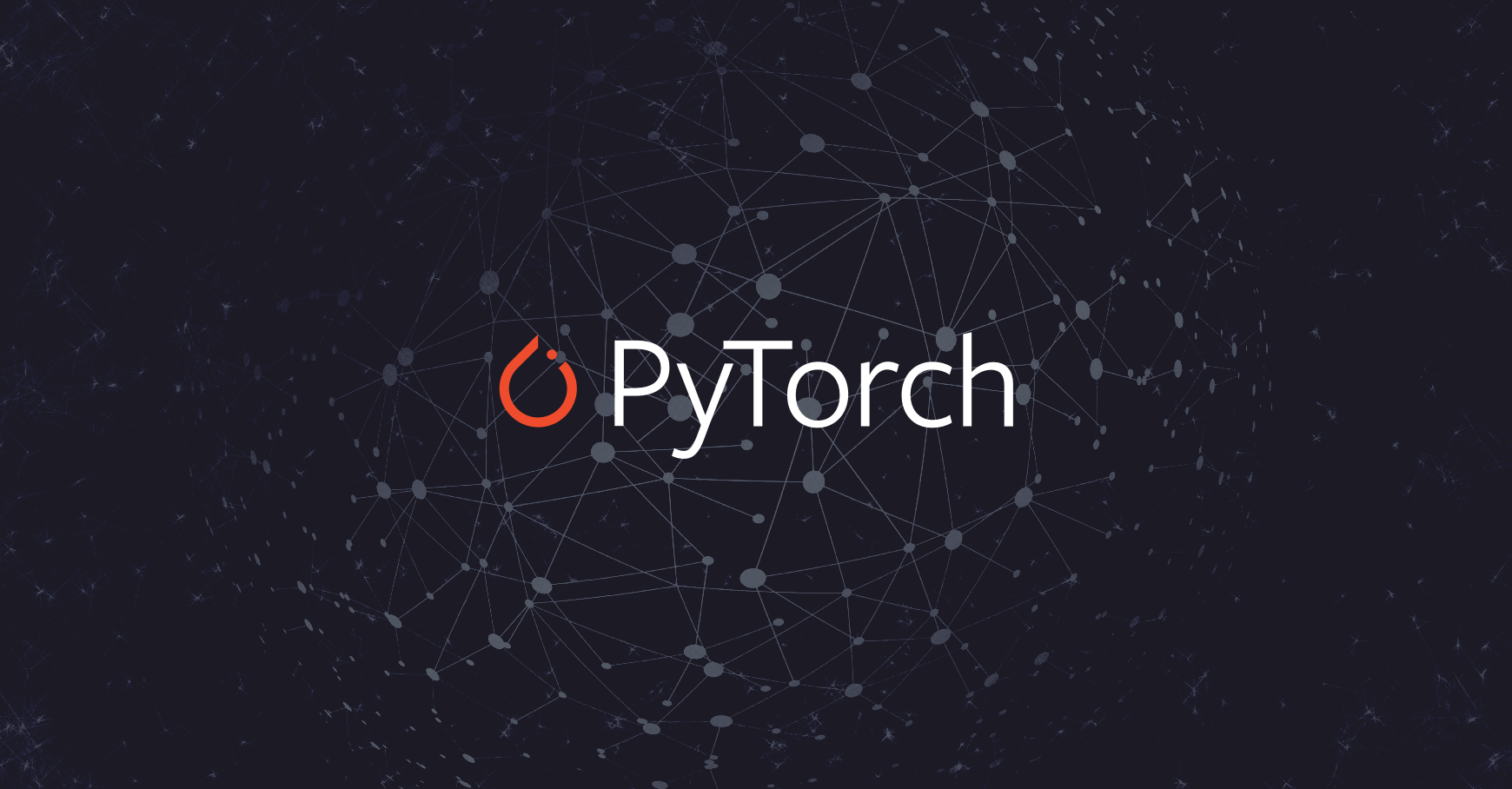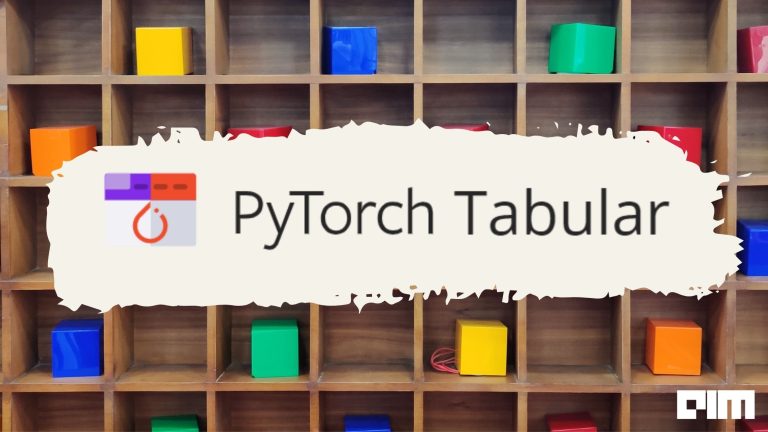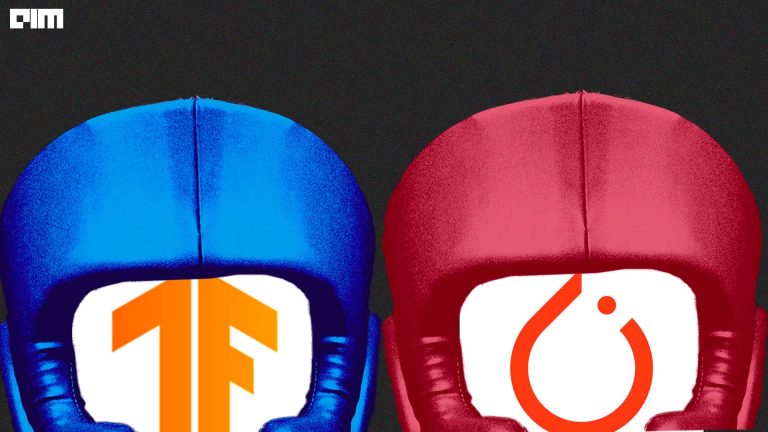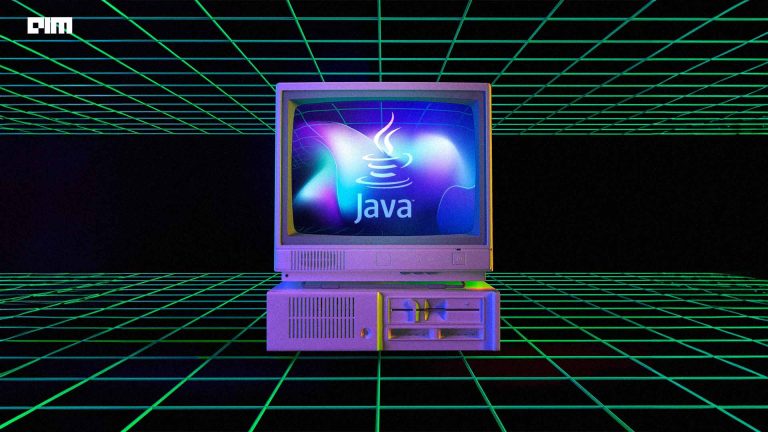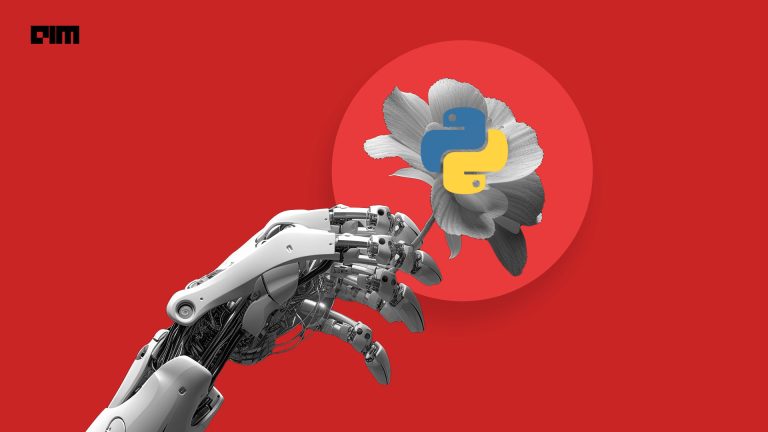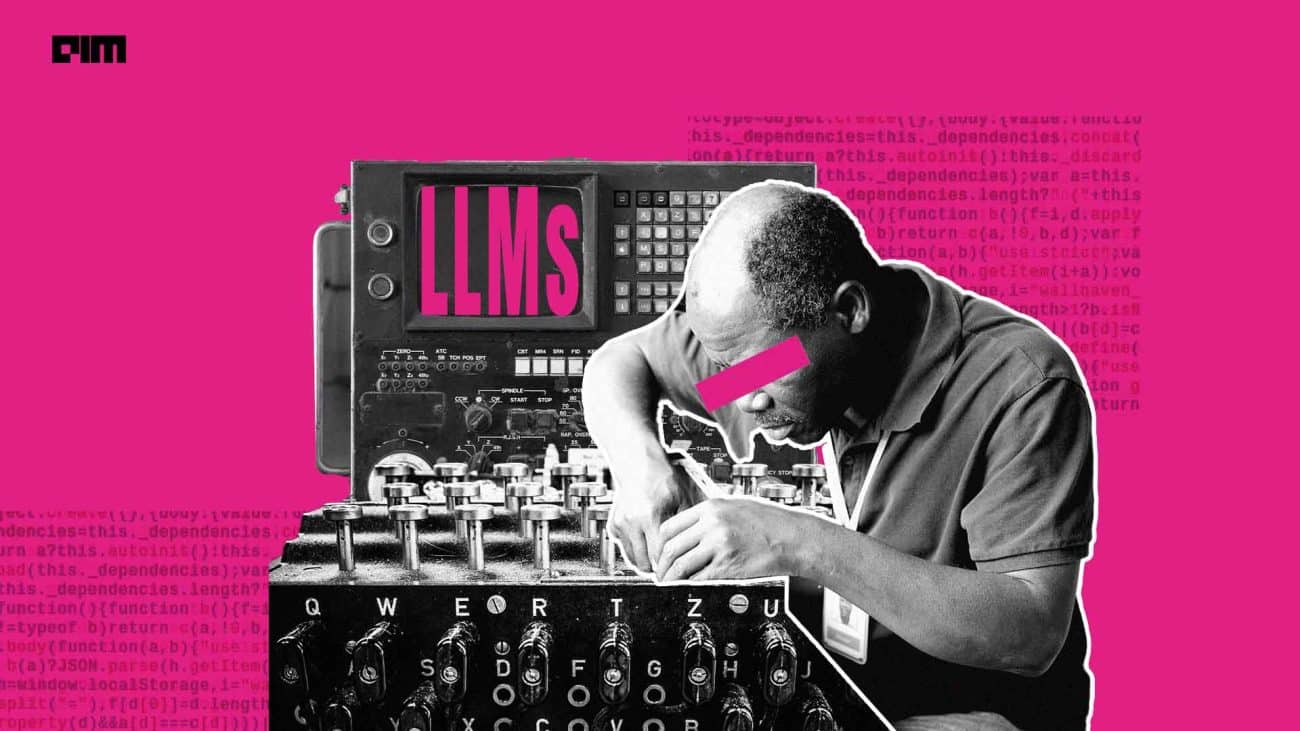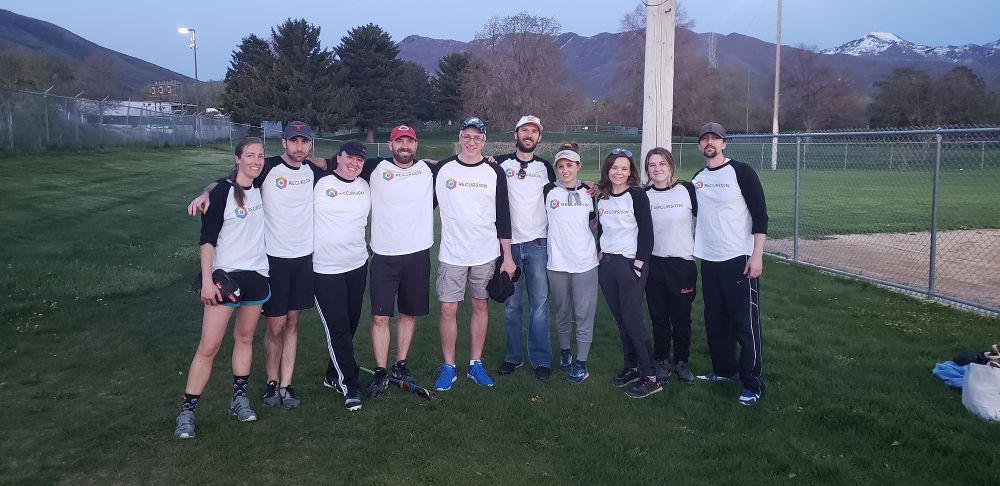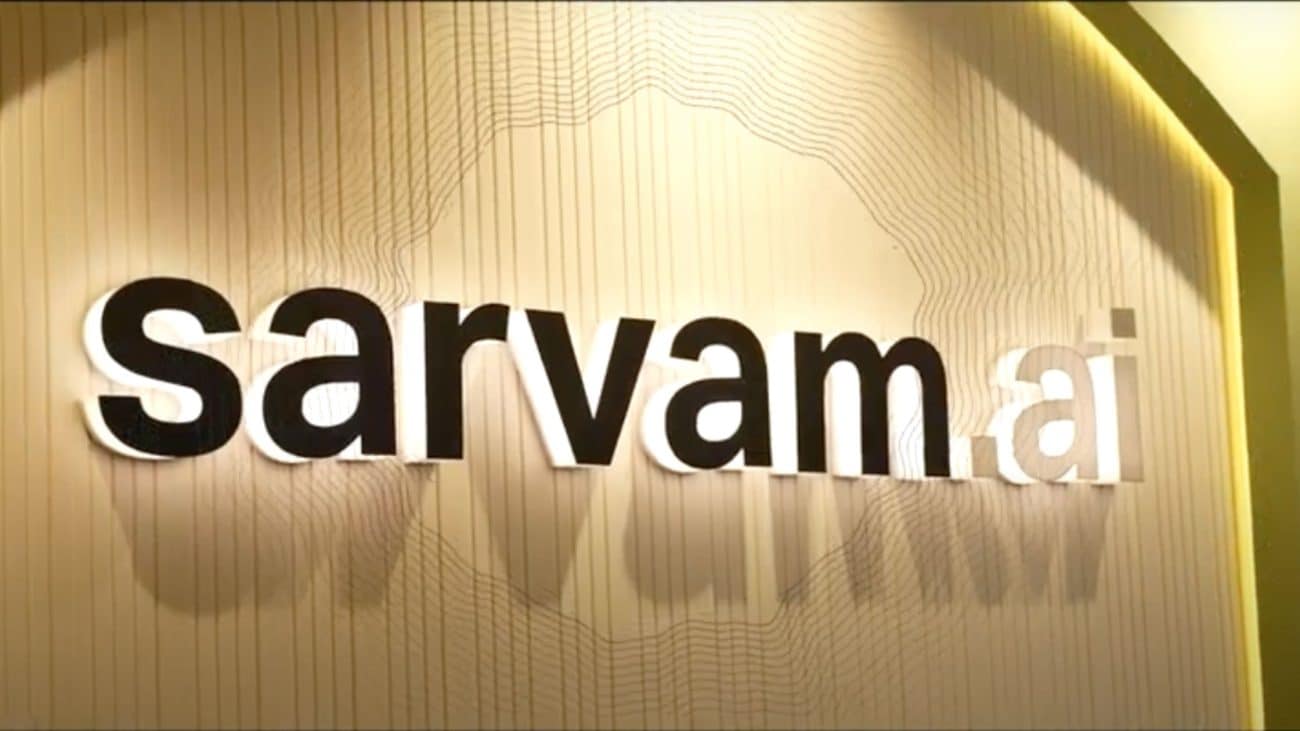Facebook’s Pytorch seems to have become a favoured choice among deep learning researchers and developers; however, TensorFlow is still believed to hold the top position for building machine learning models, and the debate continues. Pytorch is the second-fastest-growing open source project on Github and is famous for its advanced indexing, functions, integration support, API simplicity, and style. And, therefore, many AI and ML tech giants are either planning to switch to PyTorch or have already adopted it. Many companies have also been using Pytorch’s advantages for research and production.
Companies Leveraging AI
OpenAI
OpenAI is the recent addition to the community of the tech giants that are using PyTorch; ending its TensorFlow usage. To contribute more towards the Pytorch community, OpenAI intends on introducing Deep RL educational resources on Pytorch. The company will be using Pytorch for scaling AI systems with data-parallel training, building general-purpose robotics frameworks, and visualising those systems with model interpretability.
Microsoft
Microsoft has been using Pytorch since 2018, for their language modelling service. Microsoft had been exploring many deep learning frameworks in the past but encountered problems like slow pace from research and production stage, inconsistency, changing APIs, and low-level flexibility trade-off with high-level ease of use. Using the internal language modelling toolkit on top of Pytorch, Microsoft used the native extensibility that Pytorch provided and was able to build advanced/custom tasks and architecture. The use of Pytorch has led to a smooth migration from language modelling toolkit v0.4 to 1.0.
Also Read: Is Microsoft Hyping Pytorch
Toyota Research Institute
Pytorch was critical in scaling up Toyota’s deep learning system because of its simple API and integration with the global Python platform. And therefore, Toyota developed a cutting-edge platform for distributed deep learning on high-resolution sensory output for videos. With its capabilities, Toyota amped up its limits to quickly go from idea to real-world use cases.
Airbnb
Airbnb has Pytorch at the core of its customer service department. The company built a dialogue assistant to integrate smart replies and take their customer service experience to another level.
The smart replies recommendation model was constructed by treating it as a machine translation problem. Airbnb translates customer’s messages into agent responses by leveraging Pytorch’s open neural machine translation and using it to build a sequence to sequence model. It hasn’t only helped Airbnb in the customer services department, but also with the development cycle by providing state-of-the-art technologies like various efficient mechanisms and beam search.
Genentech
Genentech is using Pytorch to develop personalised cancer medicine, cancer therapy, as well as for its drug discovery. Genentech’s deep learning models were built to predict the properties of molecules, such as toxicity in drug development processes. The company also uses AI to search for new ways for cancer therapy. The AI system has been designed to identify particular molecules which are specific to cancer cells that are only produced by those specific cancer cells. This sensitises the immune system to attack those cancer cells, which makes the cancer cells look like an infection. The dynamic graphs by Pytorch yield in faster execution, easier debugging, and flexible control structure. Genentech’s model architecture is inspired by textual entailment in NLP and uses a recurrent neural network. The AI system also predicts the peptide binding by combining the outputs of these two neural networks.
Outlook
With the commodification of HPC and the need for the data centre expansion, devices commercialisation and software and services, Pytorch could make the massive data centres lighter, and that’s what Facebook is working towards.
On the other hand, TensorFlow has disadvantages like static graphs, and it switches too many APIs, along with having a much trickier model debugging. In contrast, Pytorch is more comfortable to learn too. While TensorFlow might appear dominant, Pytorch has faster growth. It is also simple and has excellent API with better performance in spite of the fewer opportunities for optimisation of the dynamic graphs. Over the years, the CVPR (Computer Vision Conferences) have been increasingly using Pytorch over Tensorflow, the percentage growth from 2018 to 2019 has been 240% just for the CVPR.


